How to make money online while traveling? My experience. Hello, travelers and digital entrepreneurs! I’m Gab, a travel and digital entrepreneurship enthusiast. In this first chapter, I want to take you on a peaceful journey through the possibilities offered by the digital world, especially when we are on the move.
Traveling is not just about exploring new places; it can also be an incredible opportunity for professional growth. In this podcast, I share with you my personal experience, showing how it’s possible to maintain stable income while enjoying the freedom to travel.
My goal is to be completely transparent with you. I will talk to you not only about my successes but also about the challenges and lessons learned along the way. Together, we will explore the tools and strategies I have used, and I hope you will find inspiration and useful tips for your own adventures.
So, if you’re ready to learn how to combine the pleasure of traveling with the satisfaction of working online, this journey is for you!
You can download a free version of this guide by clicking here
Which are the ways that I will use to make money while traveling?
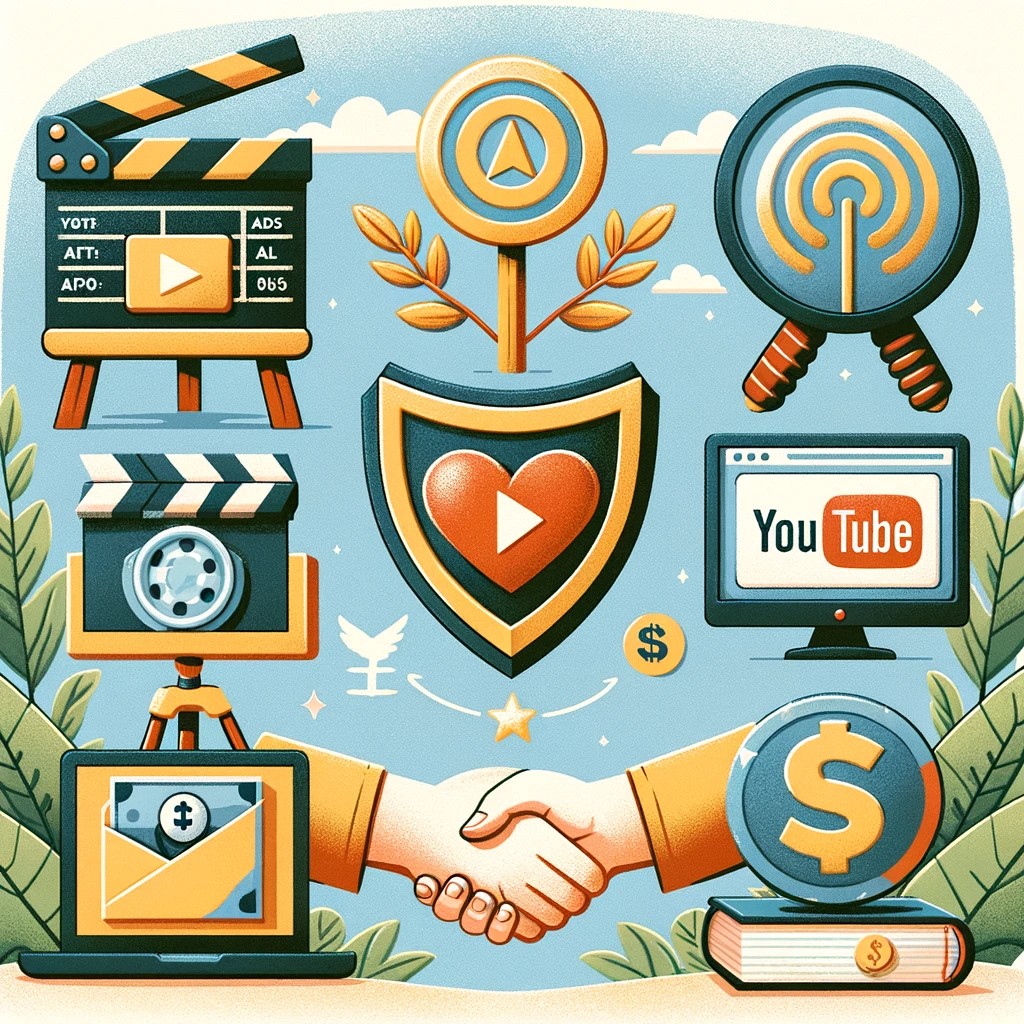
I want to share with you six methods that I’ll be using to generate income during my travels. This adventure is both an experience and an opportunity to learn and grow. Let’s examine these strategies:
YouTube Ads: When we navigate on YouTube, we often encounter ads. These ads are a source of revenue for content creators, and I plan to explore this avenue.
Affiliate Marketing: This strategy involves promoting products or services of third parties in exchange for a commission on the sales generated. It’s an effective way to monetize an online audience.
Patreon or YouTube Memberships: Offering exclusive content or additional benefits through a paid subscription is an interesting way to generate recurring revenue while maintaining a close relationship with the most engaged subscribers.
Sponsorships: Collaborating with brands and businesses can be a lucrative source of income. This method involves promoting products or services that will resonate with my audience.
Books or Ebooks: Sharing knowledge or experiences through writing is not just a form of personal expression, but also a way to generate income, especially in the digital world.
AdSense or Ads on My Website: Just like on YouTube, ads on a website can be an interesting source of passive income, especially if the site attracts a good number of visitors.
How do I plan to create and distribute my content?
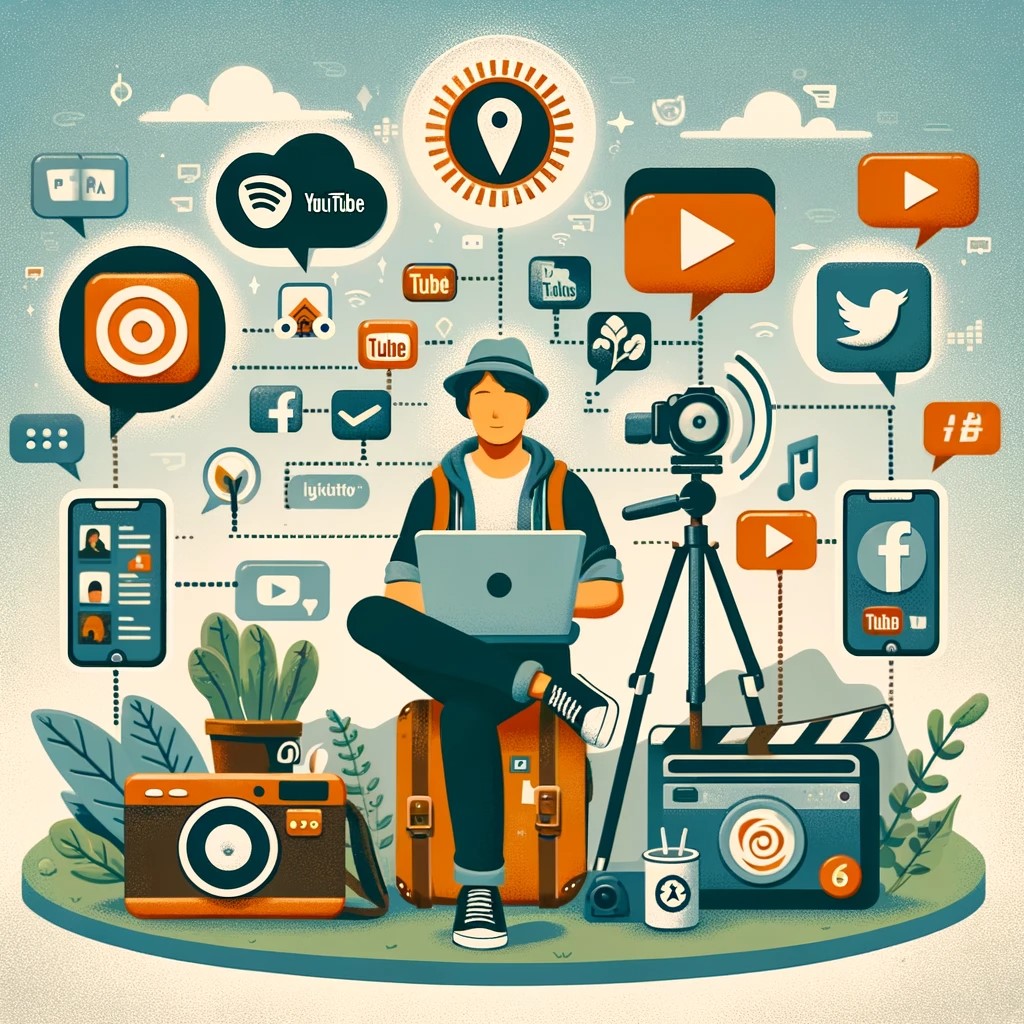
To begin, the magic starts with the live recording of my podcast. Being live gives me the opportunity to connect with a broad audience. Once the live broadcast is over, the process of packaging and redistributing my content begins.
Re-Uploading on Podcast Platforms: First, I upload a polished version of my podcast to platforms like YouTube, Spotify, and Apple Podcasts. This way, the content starts to float in the ether of the Internet, reaching ears everywhere.
Creating Clips for Social Media: Next, I extract small snippets from my podcast, where I answer key questions or share interesting ideas. These clips are perfect for platforms like Twitter, LinkedIn, and YouTube, where concise and direct content resonates well with the audience.
Producing Short Content: To adapt these clips for platforms like Twitter, Instagram, TikTok, and Facebook, I edit them to be less than 60 seconds long. These short pieces of content are ideal for capturing attention in a world where attention spans are limited.
If you are interested in doing a podcast, we have a complete guide with a free pdf on How to create a podcast with no audience
How to create your own Youtube ads?

To start, all you need is your smartphone. Yes, you read that right. You don’t need complicated video editing software or expensive equipment. Just your phone and your creativity.
Recording: Take your phone, record a simple video. It can be as simple as introducing yourself and talking directly about your blog or product. For example: “Hi, I’m Gab, and I want to invite you to visit my blog. Here’s the address!”
Editing: Although you can edit your video to give it a more professional touch, remember that authenticity often resonates more with the audience.
Uploading to YouTube and Google AdWords: Once you have your video, the next step is to upload it to YouTube. Then, you integrate it with Google AdWords, Google’s platform for ad distribution. This is where you indicate that you want your video to appear as an ad on YouTube.
And it’s as simple as that. With these steps, you’ve created an ad that can reach thousands of people on YouTube. It’s an effective and direct way to convey your message to a wider audience, and the best part is that you can do it from anywhere in the world.
How do I buy a premonetized channel?
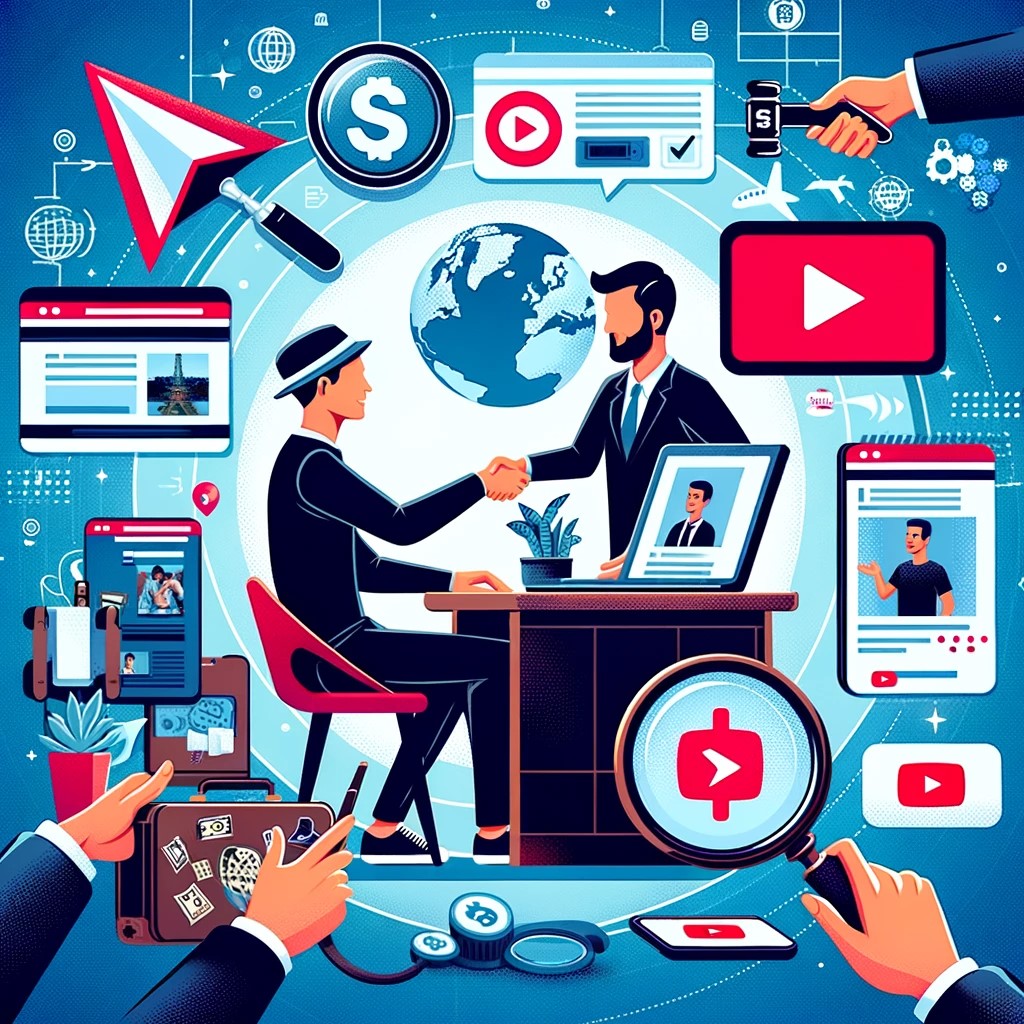
Purchasing a pre-monetized channel is a tactic some content creators use to accelerate their presence on YouTube. Here’s how I did it:
Finding a Legitimate Site: The first thing is to find a reliable website that sells already monetized YouTube channels. I used two different sites for this, and although I don’t remember the exact names (they were a series of letters), I researched and found that they were legitimate.
Purchase Process: Once you find a reliable site, the purchase process is quite straightforward. In my case, the seller and I used a website that acted as an intermediary. There were fees involved, and the website took a commission on the transaction.
Transfer and Ownership: After paying the seller, the intermediary site transferred the ownership of the channel to me. From that moment, the monetized channel was mine to manage and develop.
It’s important to note that YouTube has no problem with the sale or purchase of channels. However, it is crucial to make the purchase through legitimate channels and ensure that the channel does not violate any of YouTube’s policies.
How to start with Affiliate Marketing as a beginner?

Affiliate marketing might seem difficult at first, but it really boils down to two essential things: a link and an audience. Here’s how to start:
Finding Affiliate Programs for Beginners: Begin by searching Google for affiliate programs that accept beginners. Not all programs require having a large number of followers; some are more interested in enthusiastic collaborators willing to talk about their products.
Obtaining Affiliate Links: Once you find a program that interests you, sign up and you will obtain affiliate links. These links are unique to you and allow you to earn commissions on the sales you generate.
Sharing Your Links: You can start by sharing your affiliate links with your audience through your social media channels, your blog, or even among friends and family. The key is to be authentic and share products or services you truly believe in.
Building Your Audience: As your audience grows, your opportunities to earn through affiliate links will also increase. Remember that building an audience takes time and consistency.
Affiliate marketing is an excellent way to start monetizing your passion for travel and digital content.
How much to charge for a Youtube sponsorship?
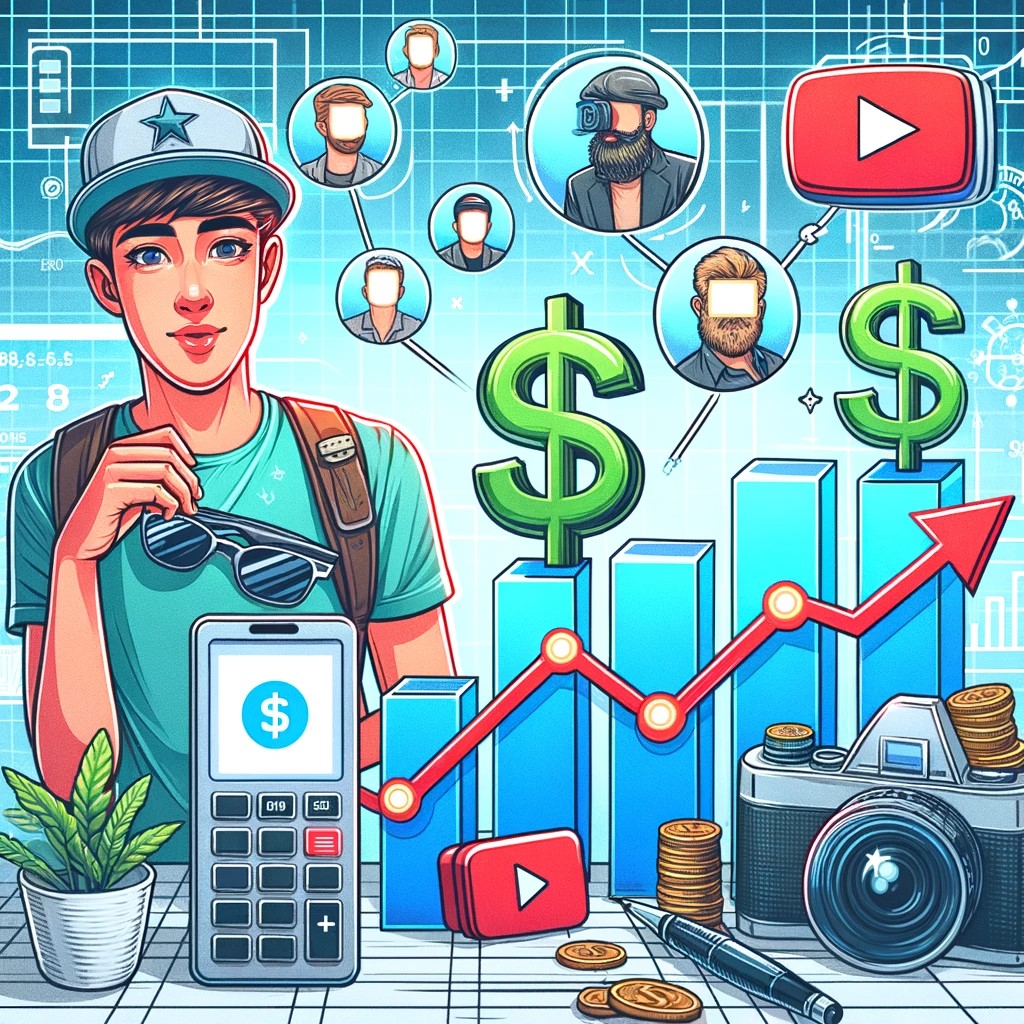
Determining how much to charge for a sponsorship on YouTube can be a challenge, especially for emerging content creators. Here are some key points:
Market Variety: The amounts can vary greatly. For example, big creators like PewDiePie and Mr. Beast might charge from $500,000 to $1 million per sponsored video. This gives us an idea of the higher end of the spectrum.
Set Your Rate Based on Your Audience: As a beginner, your rate will depend on the size and engagement of your audience. While you may not be able to charge as much as the big YouTube stars, there’s a market for creators with smaller, more specific audiences.
Be Realistic and Flexible: In the beginning, it’s important to be realistic about your expectations and open to negotiating with brands. As your channel grows, you’ll be able to increase your rates.
Research and Adjust: Look at what other creators in your niche are charging and adjust your rates accordingly. Also consider the exclusivity and reach of the sponsored content when determining your price.
Remember, setting rates for sponsorships is a learning and adaptation process. Over time and as your channel grows, you’ll get a better idea of how much to charge.
Why should you repurpose old content?
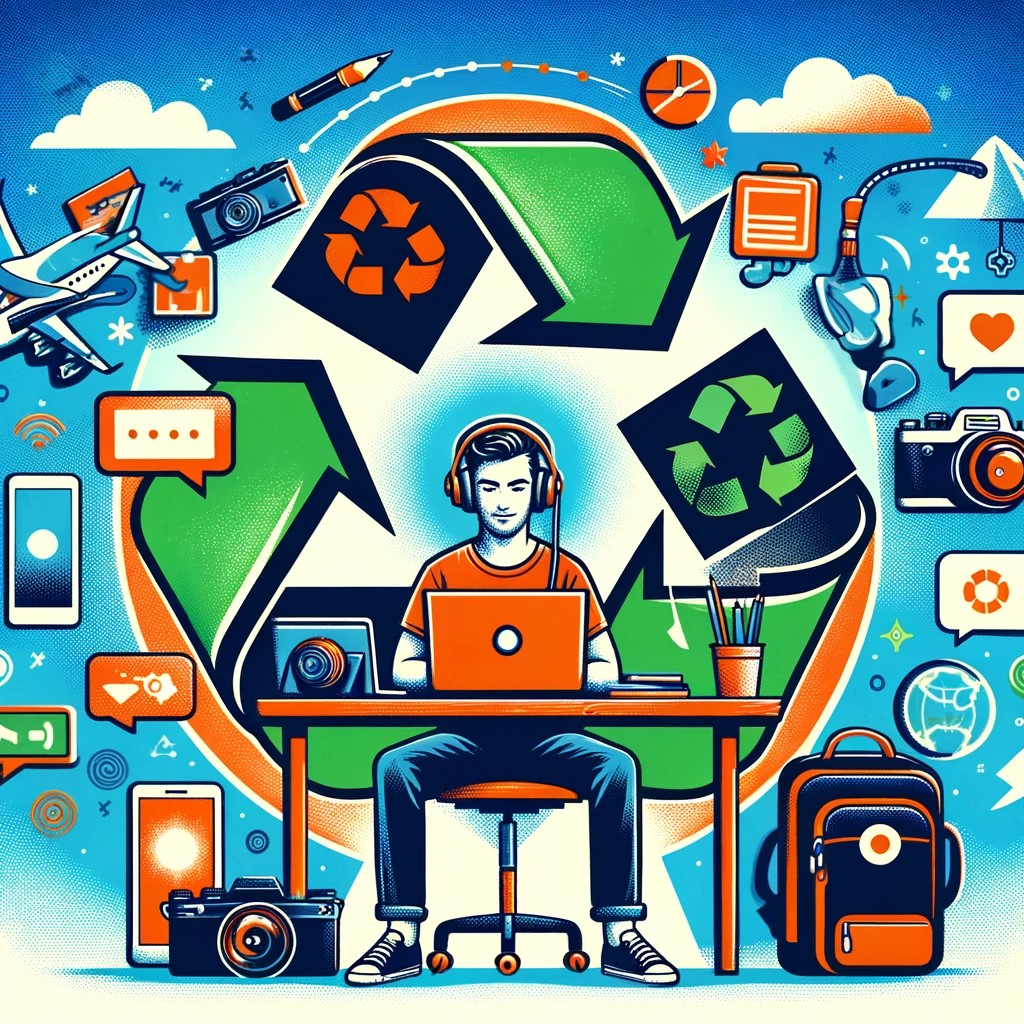
Repurposing old content is like having a megaphone in front of an audience: it allows you to keep communicating and maintaining your audience’s interest, even when you’re not creating new content. Here are some key reasons:
Maximizing Reach: By repurposing content, you can reach new audiences on different platforms without having to create something from scratch.
Time and Resource Efficiency: Repurposing content is an efficient way to keep your channels active, especially when you’re traveling or don’t have time to create new content.
Refreshing Content for New Followers: What’s old to you can be new to someone else. Repurposing content allows you to present your best work to people who haven’t seen it before.
Adapting to New Trends: You can update old content to make it relevant with current trends, keeping it fresh and engaging.
In summary, repurposing old content is a smart tactic for maintaining a constant and dynamic online presence, allowing you to reach more people with less effort.
How to repurpose audio content?

Audio content, like podcasts, can be a goldmine of reusable content. Here are some ways to do it:
Create an Audiogram: An audiogram is a visual way to represent your audio. You can take a snippet of your audio, add a background image, and a visual representation of the sound wave. This type of content is ideal for platforms like TikTok, Instagram, YouTube, and Facebook.
Transcribe Audio to Text: Another great way to repurpose your audio is by transcribing it. With the transcription, you can create quotes, blog posts, or even social media content. This not only gives you textual content but also improves the accessibility of your content.
Publish on Different Platforms: Once you’ve converted your audio into an audiogram or text, you can share it on various platforms to reach a wider audience.
By repurposing audio content, you’re maximizing the value of each recording, reaching different audiences, and adapting your message to various content formats.
Conclusion:
In conclusion, making money online while traveling opens up a world of opportunities for those who seek both financial independence and the freedom to explore the globe. This journey involves harnessing digital tools, monetizing one’s passions, and connecting with diverse audiences. Whether through affiliate marketing, content creation, sponsorship collaborations, or other innovative methods, the path to financial sustainability on the road is as dynamic as the ever-changing online landscape itself. By adapting, learning, and remaining resilient, individuals can unlock the potential to fund their adventures while sharing their unique experiences with the world. So, embrace the digital age, explore your passions, and let the world be your workplace as you embark on the exciting journey of making money online while traveling.